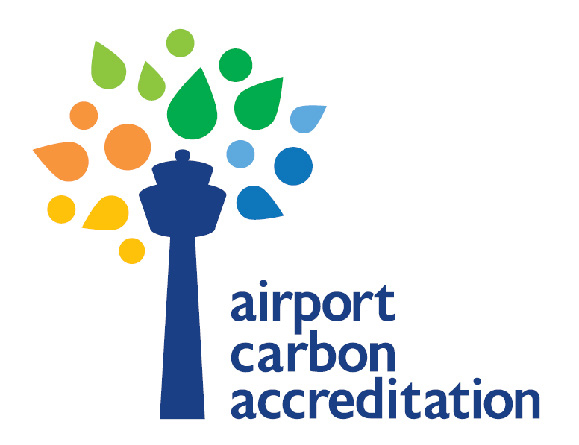
The Airport Carbon Accreditation (ACA) programme
[40]
was launched in 2009 by the Airports Council International Europe and, as of June 2024, now includes 564 airports on a global basis. The ACA is a voluntary industry led initiative, overseen by an independent Administrator and Advisory Board, that provides a common framework for carbon management with the primary objective to encourage and enable airports to reduce their CO
2 emissions. All data submitted by airports is externally and independently verified. As of the latest 2022-2023 reporting period, there were
290 European airports participating in the programme corresponding to 77.8% of European passenger traffic (
).
The ACA programme was initially structured around four levels of certification (Level 1: Mapping, Level 2: Reduction, Level 3: Optimisation; Level 3+: Neutrality) with increasing scope and obligations for carbon emissions management (Scope 1: direct airport emissions, Scope 2: indirect emissions under airport control from consumption of purchased electricity, heat or steam and Scope 3: emissions by others operating at the airport such as aircraft, surface access, staff travel).
In 2020, Levels 4 (Transformation5 ) and 4+ (Transition6 ) have been added as interim steps towards the long-term goal of achieving net zero CO2 emissions and to align it with the objectives of the Paris Agreement. Guidelines were also published to inform airports about offsetting options, requirements and recommendations, as well as dedicated guidance on the procurement of offsets.
In 2023, a new Level 5 was added to the ACA programme. When applying for Level 5 airports are required to reach and maintain ≥ 90% absolute CO2 emissions reductions in Scopes 1 and 2 in alignment with the ISO Net Zero Guidelines, as well as commit to achieving net zero CO2 emissions in Scope 3 by 2050 or sooner. Any residual emissions need to be removed from the atmosphere through investment in credible carbon removal projects. To support airports in this endeavour, an update to the Airport Carbon Accreditation Offset Guidance Document
[41]
was published on carbon removal options and most effective removal strategies. Level 5 accredited airports need to outline detailed steps to achieve their emissions reduction targets, as part of their Carbon Management Plan.
Level 5 also requires airports to submit a verified carbon footprint for Scopes 1 and 2, and all relevant categories of Scope 3 as per the requirements of the GHG Protocol Guidance
[42]
, notably covering all significant upstream and downstream activities from third parties, including airlines. Finally, airports must establish a Stakeholder Partnership Plan underpinning their commitment to net zero CO
2 emissions in Scope 3, by engaging with the entire airport ecosystem and actively driving third parties towards delivering emissions reductions with regular milestones to gauge progress.
Ten airports were certified against Level 5 at launch, including 9 European airports (Amsterdam Schiphol, Eindhoven, Rotterdam-The Hague, Beja, Madeira, Ponta Delgada, Göteborg Landvetter, Malmö and ToulonHyères). Ivalo, Kittilä, Kuusamo and Rovaniemi airports were also subsequently accredited to Level 5 in 2024.
The carbon emissions per passenger travelling through European airports at all levels of Airport Carbon Accreditation has increased to 1.8 kg CO2/passenger (
). A total reduction in Scope 1 and 2 emissions compared to a three year rolling average
7 of
452 893 tonnes of CO2 for all accredited airports in Europe was also reported (
). This represents about 20% reduction compared to the three-year rolling average.
Further developments in the ACA programme are envisaged in 2025 that will focus on the efforts of airport supply chains to reduce their CO2 emissions.
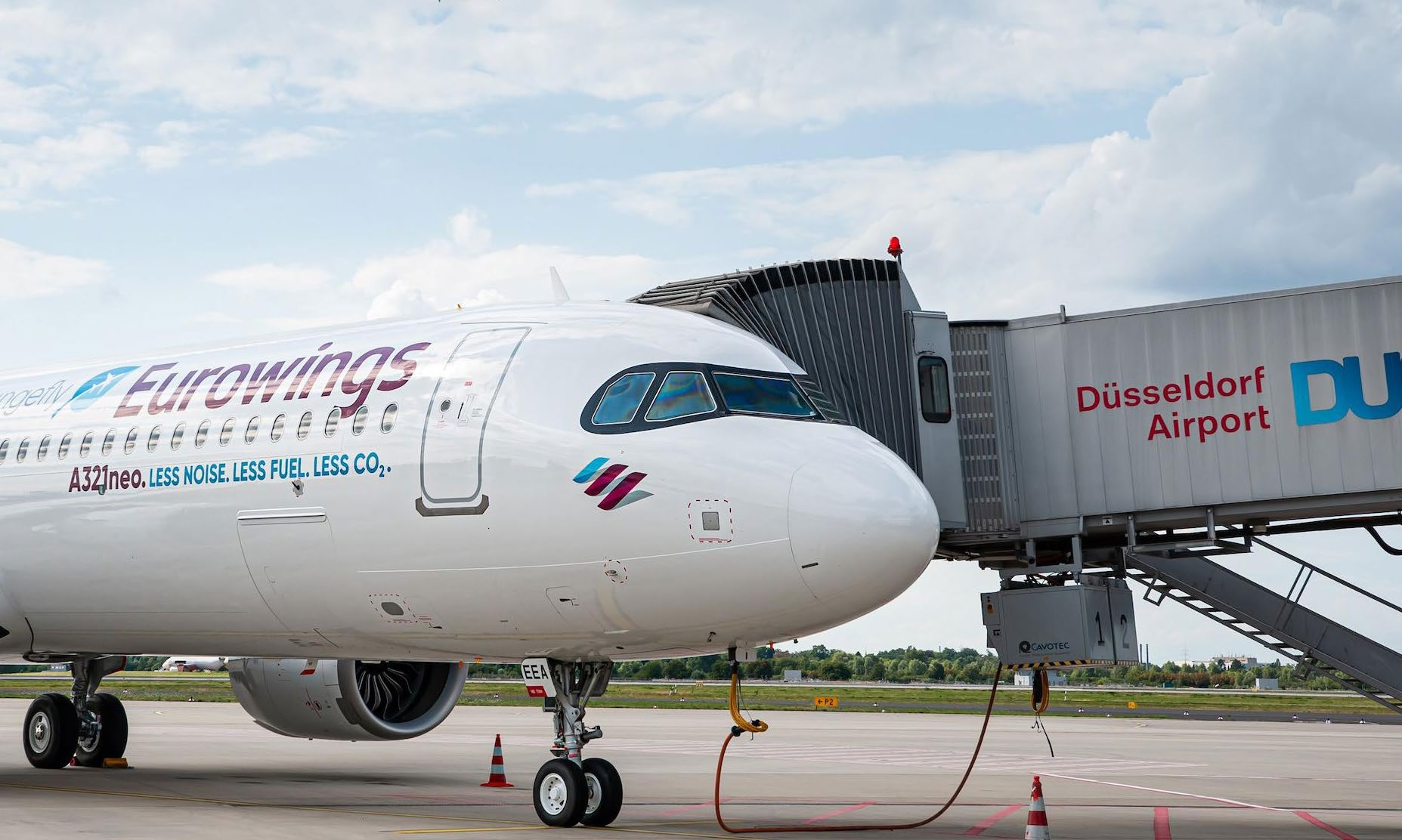
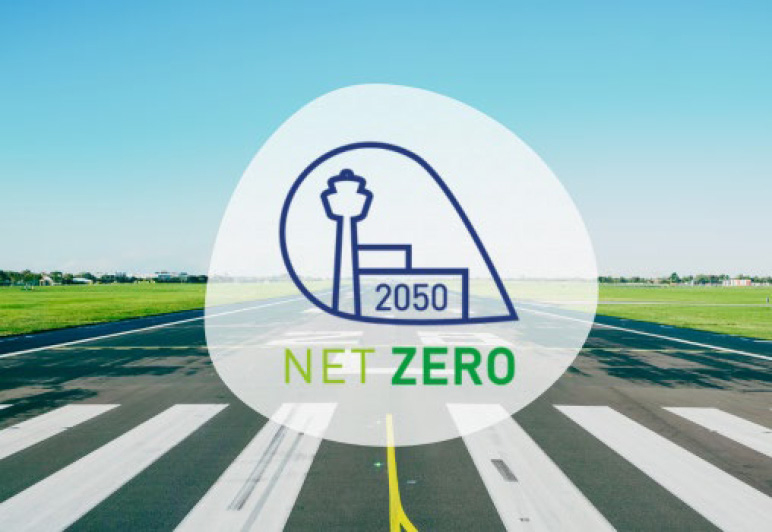 The ACI EUROPE Sustainability Strategy was launched in 2019
The ACI EUROPE Sustainability Strategy was launched in 2019 

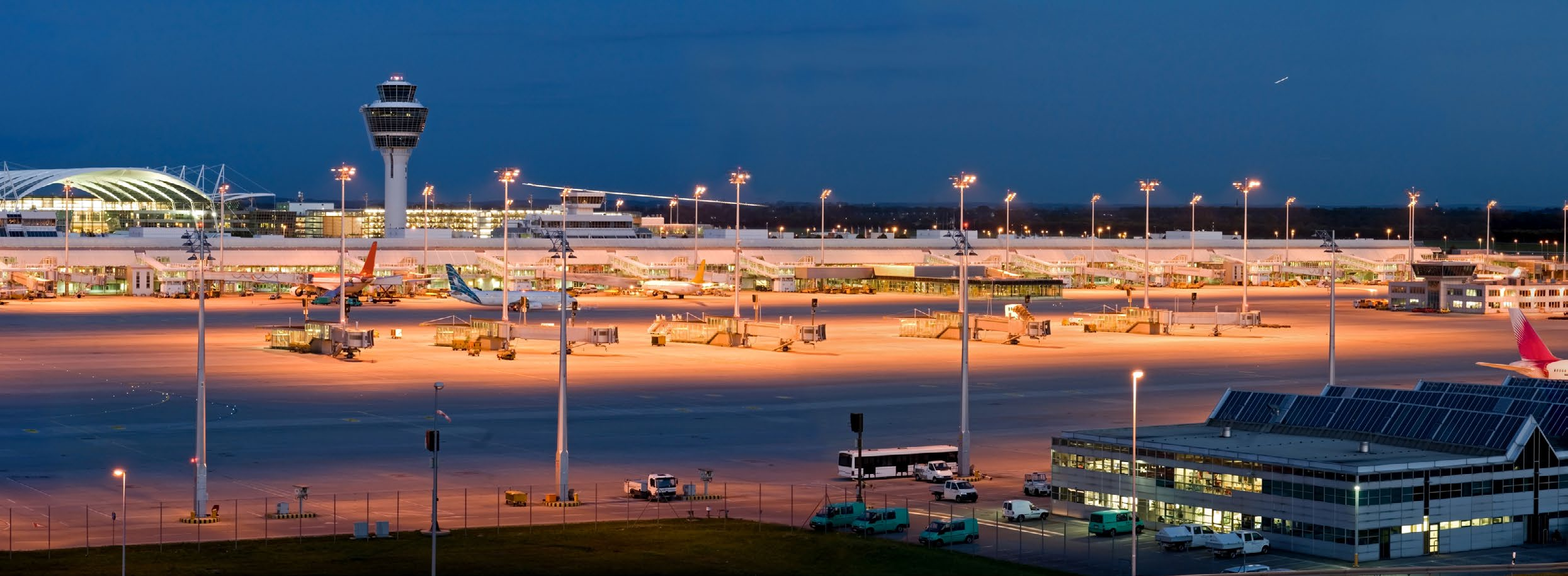
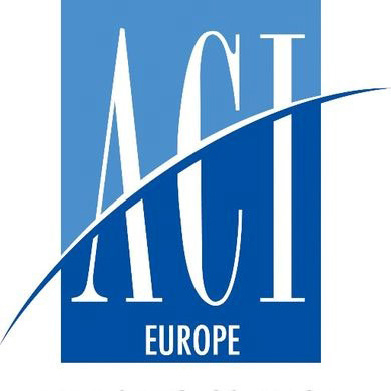 ACI EUROPE represents over 500 airports in 55 countries, which accounts for over 90% of commercial air traffic in Europe. It works to promote professional excellence and best practice amongst its members, including in the area of environmental sustainability.
ACI EUROPE represents over 500 airports in 55 countries, which accounts for over 90% of commercial air traffic in Europe. It works to promote professional excellence and best practice amongst its members, including in the area of environmental sustainability. The Digital Green Lane
The Digital Green Lane  ARC is an association of local and regional authorities hosting or adjacent to both major European hub airports and smaller airports. The organisation’s expertise is at the intersection of airport operations and local/regional policies, and it supports maximising benefits and minimising environmental impact, ultimately striving to improve the well-being of residents in airport regions.
ARC is an association of local and regional authorities hosting or adjacent to both major European hub airports and smaller airports. The organisation’s expertise is at the intersection of airport operations and local/regional policies, and it supports maximising benefits and minimising environmental impact, ultimately striving to improve the well-being of residents in airport regions.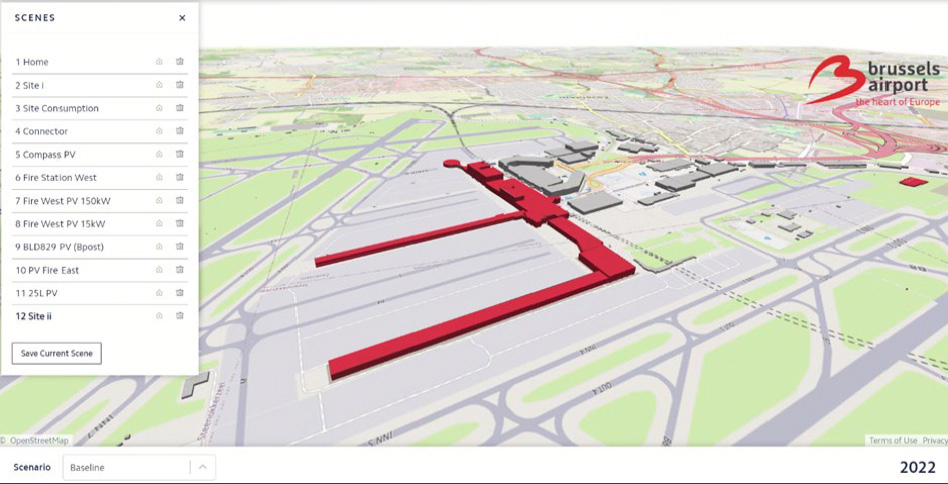 Within the EU Horizon 2020 research project ‘Stargate’
Within the EU Horizon 2020 research project ‘Stargate’ 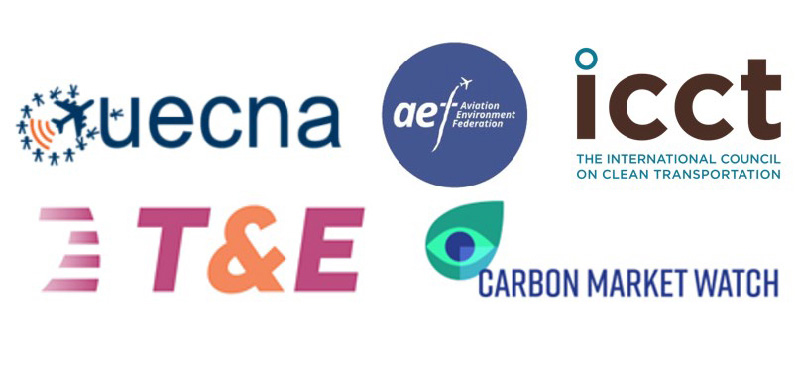 Environmental NGOs are actively involved in policy-making discussions to address the environmental impacts of aviation. They communicate civil society concerns and positions associated with noise, air pollution, climate change and social justice. They also contribute to raising awareness on aviation’s environmental impact through transparency of data.
Environmental NGOs are actively involved in policy-making discussions to address the environmental impacts of aviation. They communicate civil society concerns and positions associated with noise, air pollution, climate change and social justice. They also contribute to raising awareness on aviation’s environmental impact through transparency of data.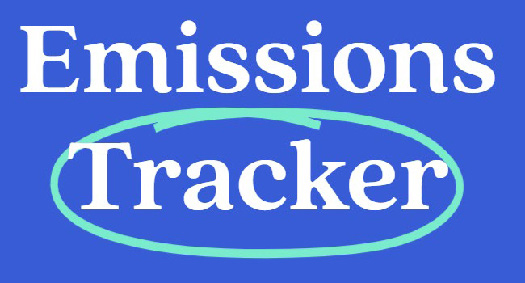 Travel Smart is a global campaign aiming at reducing corporate air travel emissions by 50% or more from 2019 levels by 2025, led by a coalition of NGOs in Europe, North America and Asia. The campaign ranks over 327 companies based on the sustainability of their business travel practices and holds them accountable through an Emissions Tracker
Travel Smart is a global campaign aiming at reducing corporate air travel emissions by 50% or more from 2019 levels by 2025, led by a coalition of NGOs in Europe, North America and Asia. The campaign ranks over 327 companies based on the sustainability of their business travel practices and holds them accountable through an Emissions Tracker 